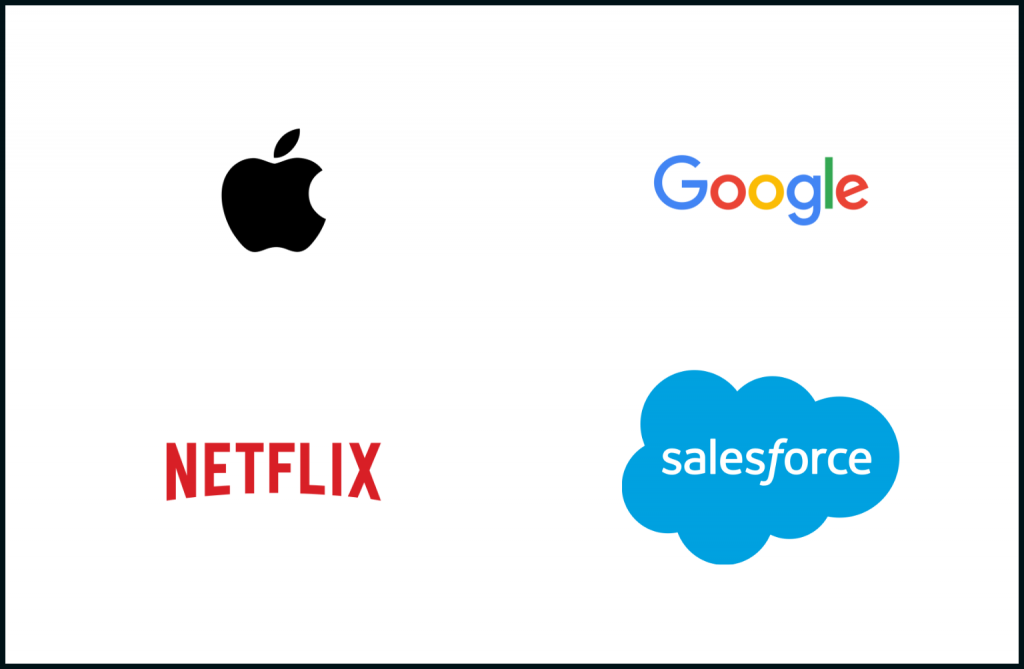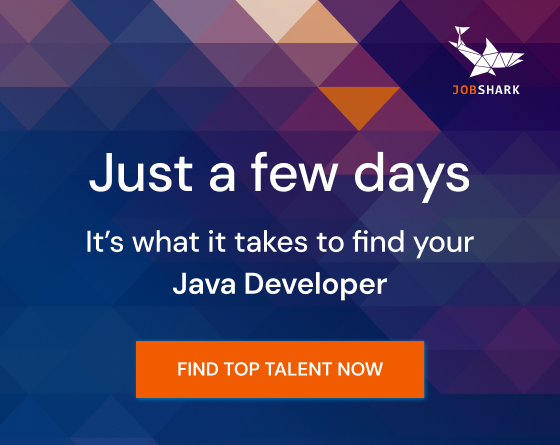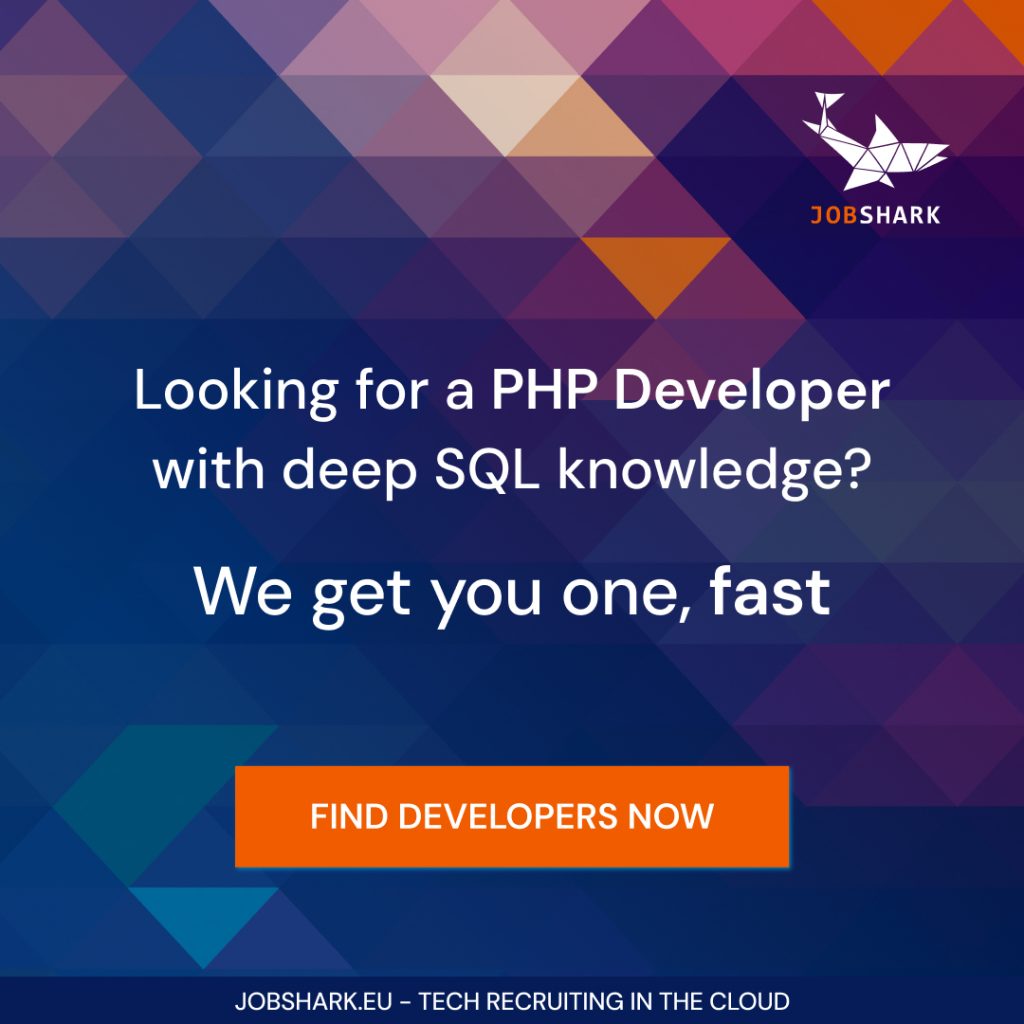When competing for top tech talent, the perception of your company as an employer can be the deciding factor as to whether an IT expert decides to join it or not. A strong employer brand acts as a magnet, attracting qualified candidates who align with your culture to apply for job openings. Over time, it also contributes to higher employee engagement and lower staff turnover rates.
This doesn’t mean that employer branding is about making your company attractive to every IT professional out there. Building a strong employer brand means effectively communicating your essence, so you will attract aligned candidates — saving you time with those who are not a match.
Let’s consider this analogy: when recruiting for a role, much like in dating, you only need to attract one compatible, qualified person. Just as someone looking for love should have a clear understanding of the qualities they need in a partner to build a lasting and happy relationship, employers must also identify the traits a candidate must possess to succeed within its culture and environment. This clarity enables you to craft communication that targets professionals with those desired traits while filtering out the unsuitable ones who wouldn’t be a long-term match.
So, how can employers attract these candidates who are truly aligned with the organization? By effectively communicating who they are as a company: their culture, values, and employee value proposition (EVP). A strong EVP is what sets you apart as an employer. It answers two key questions for potential and current employees: Why should I work here, and what makes this workplace special? The answer could be either unique career development opportunities, a high level of involvement or autonomy, specific culture and environment, benefits, team activities, flexible work, work-life balance, a culture of innovation, or a strong commitment to diversity and inclusion, among other possibilities. Whatever it may be, when a company’s EVP is effectively conveyed, it draws in those who genuinely connect with it.
Importantly, an EVP is not about trying to please — it must be authentic and rooted in the company’s culture in order to attract the right talent and foster long-term engagement.
So, for example, if your company offers a high level of involvement, this could be your EVP, and your communication with potential employees should emphasize it to attract individuals who thrive in such a culture, are proactive, and come up with suggestions and initiatives. These are the candidates who genuinely appreciate what your company offers. Ensuring this alignment is essential for employee retention.
Let’s explore how four leading tech companies (Apple, Google, Netflix, and Salesforce) have built a strong employer brand for themselves. As a bonus, we will also examine how a 100-person tech firm is also doing a great job in this area — breaking down the reasons for its success.

Apple
Apple’s products and launches so clearly communicate the company’s commitment to innovation and exceptional design, that it’s only natural to expect the employee experience to embody the same level of distinction.
Apple skillfully aligns its iconic consumer brand with its employer brand, reinforcing a consistent set of values across both. The company looks for individuals who deeply resonate with the brand’s philosophy. True to its famous slogan, Apple encourages its employees to “think different” and innovate.
Apple’s Careers website highlights the company’s commitment to authenticity and diversity with the invitation, “Join us. Be you,” supported by a short film that echoes the spirit of the classic “Crazy Ones” 1997 TV commercial. The message is further reinforced by employee testimonials, such as, “At Apple, you can unapologetically be yourself and grow and thrive.” It’s clear that Apple views authenticity and innovation as closely linked to one another.
The site also features dedicated sections to showcase the giant’s initiatives on education, sustainability, diversity and inclusion (it even makes public the stats on gender, race, and ethnicity of its workforce across regions and roles), and racial equity and justice (which includes support for organizations working to reform the U.S. criminal justice system).
Through this connection between what Apple represents to its customers and who it employs, the company fosters a virtuous cycle that strengthens the brand from the inside out.

Google is a benchmark in employer branding. The company has consistently invested in employee well-being through thoughtfully designed workspaces. The comedy movie “The Internship” (2013) features scenes of the two protagonists arriving at the campus and marveling at the perks it offers, such as free meals, haircuts, a gym, bicycles, slides, game rooms with foosball and ping pong, a pool, laundry service, nap pods, and even massages.
The perks exist not only for employee well-being but also to foster camaraderie, team building, creativity, and innovation. Google CEO Sundar Pichai already noted that providing free meals is an investment because when the team gathers to eat, brilliant ideas can emerge.
Especially before the pandemic, this type of office environment was ahead of its time, pushing the boundaries of workspace design. Of course, things have changed since the pandemic normalized remote work, to the point that in 2023, when Google requested its employees to work in the office three days a week, the request went ignored by many — until the company told them that non-compliance could harm performance reviews.
Google is also renowned for fostering a culture that champions innovation, empowering its employees — known as “Googlers” — to think creatively and innovate. “We encourage our employees, in addition to their regular projects, to spend 20% of their time working on what they think will most benefit Google,” wrote founders Larry Page and Sergey Brin in Google’s IPO letter in 2004. This initiative has yielded successful products like AdSense and Google News, while projects that didn’t succeed have provided valuable learning opportunities — reinforcing a culture of experimentation and continuous improvement.
Finally, the company is firmly committed to creating an inclusive environment, with a track record of enforcing its diversity values. There have been instances where employees were terminated for making discriminatory remarks against marginalized groups.
Altogether, these elements make Google a preferred employer for top talent that shares the values of creativity, innovation, and inclusion. On Google’s side, they look for talent that also embodies “Googleyness,” a term that refers to some desired personality traits. According to CEO Pichai, these include “Mission First,” “Make Helpful Things,” “Be Bold & Responsible,” “Stay Scrappy,” “Hustle & Have Fun,” and “Team Google.” A former Google manager turned entrepreneur, Jerry Lee, recently explained to Business Insider how he evaluated candidates based on Googleyness, noting that an interviewee should demonstrate dependability, helpfulness, a willingness to go above and beyond, and resourcefulness.
Netflix
Among developers, Netflix has a reputation for hiring only top-tier, high-performing senior professionals, and giving them lots of autonomy. Netflix’s employer brand consistently highlights the exceptional caliber of the talent there, sending a clear message: they’re in search of the very best. As their website’s Culture section clearly states, “Netflix is not for everyone.”
This positioning raises the bar for applicants and makes Netflix particularly appealing to elite developers. Who wouldn’t want to be part of a world-class team? As Netflix puts it: “Imagine working alongside stunning colleagues who are great at what they do, and even better at working together.” Importantly, the company emphasizes its commitment to offering the best compensation in the market: “To recruit and retain stunning colleagues, we pay personal top of market for the role and location — a judgment about what that person could make in a similar role at another company, and what we would pay to keep or replace them.”
They picture themselves not as a family (like Salesforce does, as we will see later on) but as a professional sports team: “Families are about unconditional love. They can also be dysfunctional, as anyone who’s watched Ozark or Wednesday knows. Professional sports teams, on the other hand, focus on performance and picking the right person for every position, even when that means swapping out someone they love for a better player.”
The company also highlights the autonomy it offers, considering it a win-win for the company and its employees: “[O]ur emphasis on individual autonomy has created an extremely successful business, with many opportunities for employees to develop and grow.”
Amir Moini, who served as Netflix’s Global Head of Employer Branding for over five years (from 2017 to 2022), shared his journey in a 2018 LinkedIn Pulse article. He recalled, “Starting on the recruitment team at Netflix, there was a gap where Employer Branding was not being done and a small group of us on the Talent Acquisition team began to do the work on the side. Over time, it evolved into a relevant and large enough scope of work to be an open position.” Moini was eventually offered the role, and in the article, he outlines his key initiatives — beginning with a focus on LinkedIn, followed by campaigns and a podcast — and offers practical advice for others in the field.

Salesforce
Salesforce employer branding is built on their emphasis on inclusivity and social responsibility. Their blog emphasizes the Hawaiian concept of ‘Ohana, which has inspired Salesforce culture: “Salesforce Chair and CEO Marc Benioff has been a part of the Hawai’i community for 25 years, where he learned about the concept of ‘Ohana. In Hawaiian culture, ‘Ohana represents the idea that families — blood-related, adopted, or intentional — are bound together, and that family members are responsible for one another.”
The blog post links the explanation above to a video about the company’s commitment to LGBTQ+ rights and gender equality. Salesforce’s concept of family “extends to everyone in our company ecosystem — employees, as well as our customers, partners, and communities. We take care of each other, have fun together, and work to improve the state of the world.”
As part of its commitment to improving the state of the world, Salesforce pioneered the 1-1-1 model (also known as Pledge 1%) — a philanthropic framework through which the company donates 1% of its equity, 1% of its product, and 1% of its employees’ time to support communities. To fulfill the time component, Salesforce offers employees seven paid days of volunteer time off each year. This model weaves social impact into the fabric of Salesforce’s culture. It also acts as a magnet for purpose-driven individuals and helps keep employees motivated and engaged.
What employer branding looks like beyond big techs: a lesson from a 100-person tech firm
The companies mentioned above are big techs that offer prestige and hard-to-beat pay. Still they need employer branding to attract candidates who align with their culture, increasing their retention rates.
If these big techs can’t ditch employer branding, then neither can yours. And now that we’ve reviewed examples from major tech companies, it is equally valuable to examine an example of a strong employer brand coming from a niche tech firm. Let’s take a look at OnTheGoSystems, a company that builds localization and translation tools. According to its LinkedIn profile, it has a workforce of just over 100 employees.
OnTheGoSystems’ Jobs page effectively communicates the key aspects of working there. As a company that has been 100% remote from the outset, the message focuses on the flexibility their employees enjoy: “You can work anywhere you feel productive, connected and focused.”
Centering the message on remote work is important for them because they are competing for IT talent against the major techs that offer significant prestige — but often fall short in terms of flexibility. This is where OnTheGoSystems gains an edge, positioning itself as an appealing employer for top talent.
They also highlight a genuine commitment to work-life balance: “To come up with creative solutions to challenging problems, you need to enjoy your downtime.” This isn’t just rhetoric — the company backs it up with a program that provides all members with yearly allowances for “things they love to do,” from aikido to heels dance.
Finally, they emphasize their stability by noting, “We’ve been profitable since our first year, back in 2008, and we intend to keep it that way.”
Their website further humanizes the brand through employee spotlights that reiterate the perks of remote work. For instance, one profile features a Compatibility Support Engineer who was able to relocate from Tunisia to Canada — along with his wife and cats — thanks to the freedom that the company policy offers.
The impressive average tenure of 6.5 years, as reported on their LinkedIn stats, is a strong indicator that OnTheGoSystems’ employer branding is resonating effectively in terms of retention.

Key takeaways
Building a strong employer brand is essential for attracting and retaining top tech talent. However, this is not about trying to appeal to everyone; rather, it’s about communicating your company’s culture, values, and employee value proposition (EVP) to attract candidates who truly align.
Leading companies like Apple, Google, Netflix, and Salesforce each highlight different EVPs. Apple focuses on room for authenticity, Google emphasizes well-being, innovation, and diversity, Netflix highlights the excellence of its team and level of autonomy, and Salesforce focuses on its supportive environment, social impact, and purpose-driven culture.
While large tech companies can offer hard-to-beat pay and unmatched prestige, employer branding is still crucial for them to attract candidates who align with their culture, increasing their retention rates and moving the company in the desired direction.
Long story short: in the race for top tech talent, not even big tech companies can afford to discard employer branding. Neither can you. So, identify something that makes you stand out from the crowd as an employer and communicate that to potential employees.
A good example of a niche tech company building a strong employer brand is OnTheGoSystems. For them, what sets them apart is their fully remote work arrangement — something most tech giants do not offer — paired with an emphasis on work-life balance. These benefits are highlighted on their website and LinkedIn profile, making the company appealing to top talent looking for flexibility and a healthy work environment.
Wow — you made it all the way down here!
If you’re enjoying our content, you’ll love our newsletter. Just click here to join the TechTalents Insights community and get bi-weekly trends and expert perspectives — free and straight to your inbox.




